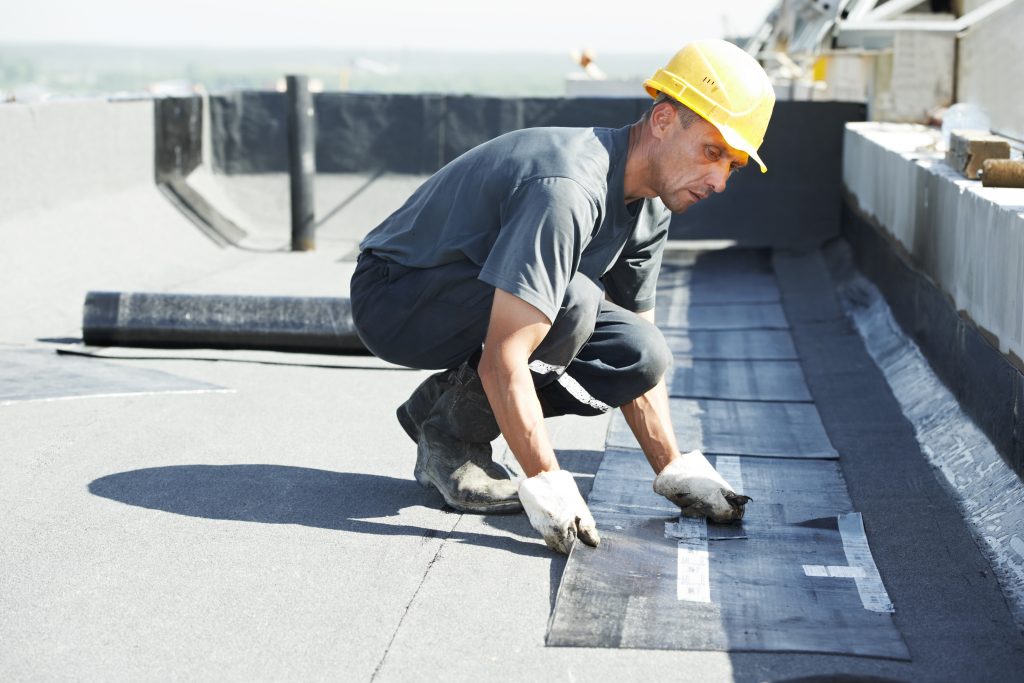Proactive maintenance and preventative measures are essential to prolong the lifespan of a commercial roofing system and minimize the need for costly repairs. Regularly scheduled inspections and taking timely action can prevent minor issues from escalating into major problems. This blog will explore preventative measures to help commercial property owners, and managers keep their roofs in excellent condition and avoid unnecessary repairs.
Regular Roof Inspections: Detecting Issues Early
The first line of defense in preventative roof maintenance is conducting regular roof inspections. Inspections should be performed by trained professionals who can identify potential issues, such as leaks, membrane damage, flashing problems, and ponding water. Early detection allows for prompt repairs, preventing the problems from worsening and saving on more extensive repairs later.
Roof Cleaning and Debris Removal: Maintaining a Clean Surface
Keeping the roof surface clean is vital for preventing damage and water retention. Regular roof cleaning and debris removal ensure that drains and gutters remain unobstructed, reducing the risk of ponding water and water damage. Removing leaves, branches, and debris also prevents the growth of moss and algae, which can deteriorate roofing materials over time.
Proper Drainage Maintenance: Preventing Ponding Water
Proper drainage is crucial to prevent ponding water on flat or low-sloped roofs. Regularly inspect and clean gutters, downspouts, and drains to ensure they are debris-free and allow water to flow freely off the roof. Proper drainage prevents water from pooling and causing structural damage to the roofing system.
Addressing Sealing and Flashing Issues: Waterproofing Vulnerable Areas
Sealing and flashing play a critical role in waterproofing vulnerable areas of the roof, such as joints, seams, and penetrations. Regularly inspect and maintain these areas to ensure they remain intact and watertight. Address any cracks, gaps, or deterioration promptly to prevent water infiltration and potential roof leaks.
Trim Trees and Vegetation: Preventing Roof Damage
Overhanging trees and vegetation can pose a risk to commercial roofs. Falling branches, leaves, and debris can damage roofing materials and clog drains. Trim trees and vegetation around the building regularly to minimize the risk of roof damage and maintain a clean roof surface.
Professional Roof Repairs and Maintenance: Don’t Delay
If an issue is detected during inspections, it’s crucial to address it promptly with professional roof repairs. Delaying repairs can lead to further damage and more expensive repairs. Investing in regular roof maintenance by qualified roofing professionals can help prevent issues and extend the roofing system’s lifespan.
Consider Roof Coatings: Enhancing Protection and Longevity
Roof coatings can provide an extra layer of protection for commercial roofs. They help waterproof the surface, improve energy efficiency, and extend the roofing system’s life. Roof coatings can be applied to various roofing materials, offering an additional safeguard against weathering and wear.
Educate Building Occupants: Promoting Roof Care
Educating building occupants about roof care and safety can also contribute to preventative measures. Encourage them to report any signs of roof leaks or damage promptly to facility managers. Additionally, educate employees on roof access restrictions to avoid potential damage caused by foot traffic.

